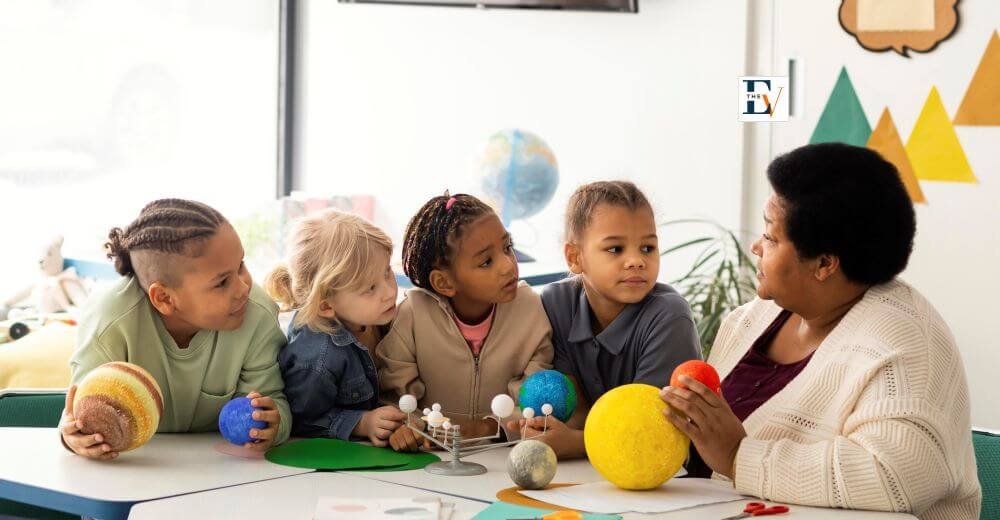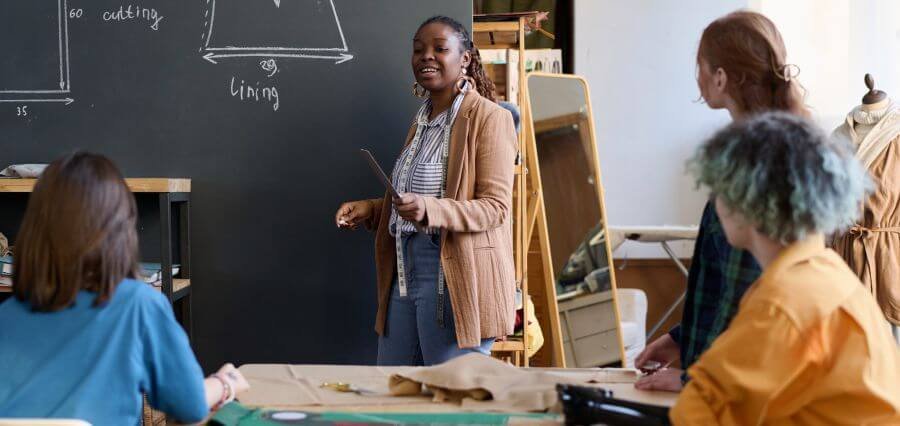Bridging the Gap
In the globalized world of today, the classroom is a multicultural mosaic of languages, abilities, backgrounds, and cultures. The diversity enlivens the learning space but brings with it special challenges to teachers who want each student to succeed. Inclusive education, where each learner has an equal chance to learn despite their differences, is not only an aspiration but a imperative. Closing the gap in inclusive classrooms takes thoughtful strategies that ensure equity, engagement, and empowerment.
This article explores practical approaches to creating inclusive educational environments where every student feels valued and supported.
Understanding Inclusive Education
The concept of inclusive education is guided by the notion that every student regardless of his physical, intellectual, cultural, or socio-economic diversity has the right to access quality education in mainstream settings. It does not only imply putting students with disabilities in a single classroom; it implies changes to teaching strategies, curricula, and learning conditions, which take into consideration the needs of individuals. It seeks to destroy the learning and participation barriers in order that no child should be left behind.
Diverse classrooms may be comprised of students with disabilities, English language learners (ELLs), students of different cultural background and students with socio-economic problems. Both groups have their own perspectives, but also specific requirements that should be addressed to ensure that educators can offer a fair learning experience.
Important Strategies for Inclusive Education
- Differentiated Instruction
One of the pillars of inclusive education is differentiated instruction. It is the process of using instructional strategies and materials that respond to the different learning needs, abilities and interests. As an example, a teacher would give a lesson in form of visualization aid, practical work, and written material to suit a visual, kinesthetic, and auditory learner.
- Universal Design for Learning (UDL)
UDL or Universal Design of Learning is a mechanism that promotes flexible learning environments to support various types of learners. UDL is comprised of three principles; multiple means of engagement, representation, and action/expression. As an example, one can give a possibility to read digital texts out loud in order to assist visually impaired or dyslexic students, as well as give voice recording in case of assignments to those who are not good at writing.
- Culturally Responsive Teaching
Diversity in the classroom and the need to teach using culturally responsive instructions among teachers. The culture of the students is recognized and valued and the students become part and parcel of the learning process. It conveys the feeling of respect and understanding of students and makes them feel a part of it.
- Collaborative Learning and Peer Support
Student cooperation helps in inclusiveness by embracing teamwork and peer support. Peer learning helps the students to share strengths, learn with the peers and acquire interpersonal skills. As an example, pairing ELL with a speaker who is proficient in English will help enhance language skills and lead to the creation of a friendship.
- Professional Development and Teacher Training
The pillars of inclusive education are teachers, but they turn out to be unready to address the different needs. The current professional development should be continuous so as to ensure that teachers have the skills and confidence to provide inclusive practice.
- Family and Community Engagement
Inclusive education does not end in the classroom. Involving families and communities ensures students’ support systems are in alignment with their academic objectives. For example, integrating parents of ELLs into school activity can create bridges across languages and build trust.
Overcoming Challenges
Incorporating inclusive education is not without its challenges. Limited budgets, large class sizes, and differences in teachers’ skill levels may slow progress. These can be overcome by placing priorities on inclusive equipment being funded, pushing for reduced class sizes, and creating a culture of ongoing improvement. Also, involving students in decision-making processes—e.g., requesting their feedback on classroom activities—can empower them and help respond to their needs.
The Path Forward
Closing the gap in multicultural classrooms demands a many-faceted strategy that integrates differentiated instruction, UDL, culturally responsive teaching, collaboration, teacher preparation, and community involvement. Through these strategies, teachers can establish learning environments in which each student has the ability to succeed. Inclusive education is not merely about the accommodation of differences; it’s about the celebration of differences and the acknowledgment that diversity makes the learning community stronger. As classrooms keep developing, adopting these strategies will make sure that none of the students will be left behind and everyone will be able to realize their potential.





